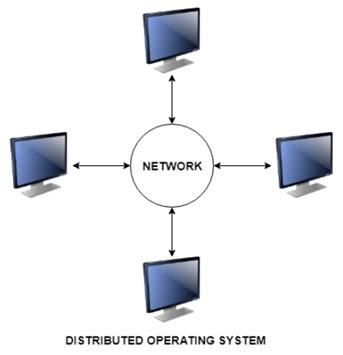Digital Communication

Digital Communication: Ø Digital Communication is the one which uses digital signals for transmitting information between source and destination. Digital signal consists of discrete values rather than continuous values. Ø Power requirement in case of digital communication is less a compared to Analog communication. Since the bandwidth requirement in digital systems is more thus, they consume less power. Ø Digital communication equipment’s are costly and digital signal require more bandwidth for transmission. Ø Digital signal is represented by square wave. Ø Digital signals are used in computers.





